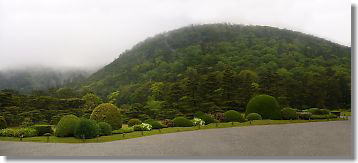 |
| Green deep Shiunzan mountain is a background in nature |
|
|
|
|
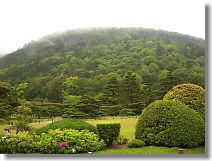 |
 |
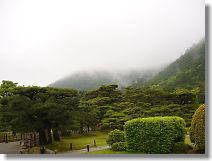 |
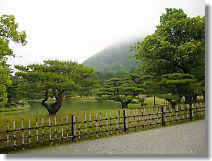 |
| Shiunzan mountain covered by the fog and trees were cut well, beautiful
contrast. |
Well maintained pine trees are coming into the view. |
|
|
|
|
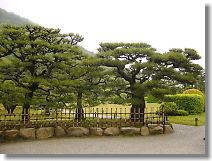 |
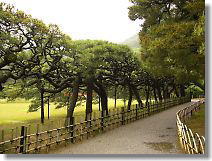 |
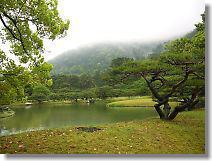 |
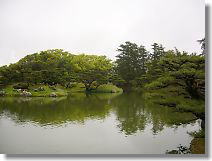 |
| Waking through the splendid avenue of pine trees on both sides. |
Hokko(North Pond). The west bank is the most beautiful sight with Bairinkyo,
2 islets and Fuyoho. |
|
|
|
|
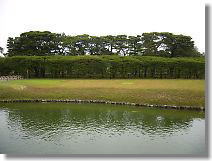 |
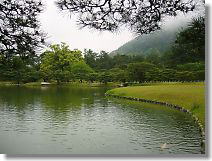 |
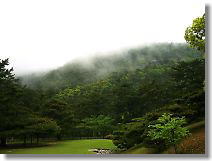 |
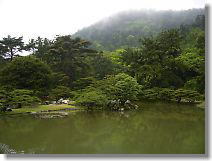 |
| Byobu-matsu and Hako-matsu |
Hokko beautiful shore line with white coggles paved |
Trees and foggy Shiunzan mountain |
Kansui Pond |
|
|
|
|
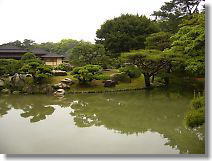 |
 |
 |
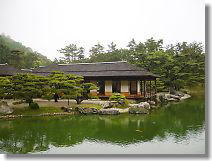 |
| Kansui pond and Kikugetsutei tea house |
Okedoi-taki Waterfall |
Shinbatsuryo bridge |
Kikugetsutei tea house |
|
|
|
|
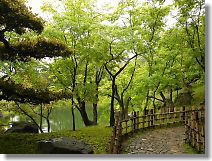 |
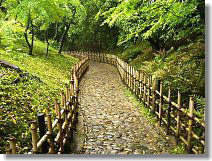 |
 |
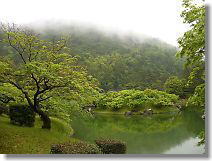 |
| This Japanese maple tree is observed to predict when Japanese maple leaves
will change color. |
Kikugetsutei was built for tea ceremony house |
There are 3 islets in South pond. |
|
|
|
|
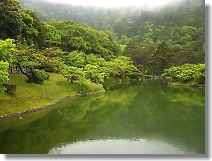 |
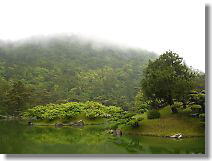 |
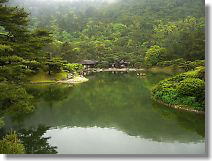 |
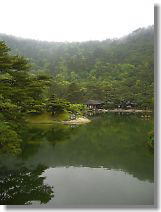 |
| Maple shore in Nanko left bank |
Foggy Shiunzan mountain is in the background |
Nanko or South Pond is the largest in Ritsurin Park |
When leaves turn to red, scenery changes different |
|
|
|
|
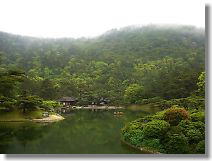 |
 |
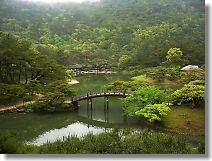 |
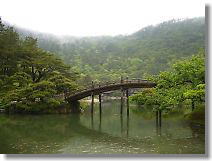 |
| South pond and Kikugetsutei tea house |
Engetsukyo is the largest of the 15 bridges in the park. The reflection of it
on the water resembling a crescent gave the bridge this appellation and
when you see the elegantly curved half circle of the bridge you take it
for granted. |
|
|
|
|
 |
 |
 |
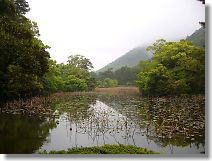 |
| Shiunzan Mountain reflects on North lake |
North Pond and Red Ume garden bridge |
North Pond from Fuyoho hill |
Lotus marsh where lotus flowers will be beautiful |
|
|
|
|
 |
 |
 |
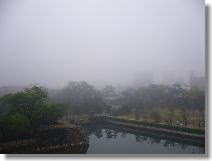 |
| Hiunkaku |
Moon-viewing tower |
Takamatsu Castle Inner Garden |
Ushitora watch tower seen from ruins of castle tower |
![]()





































